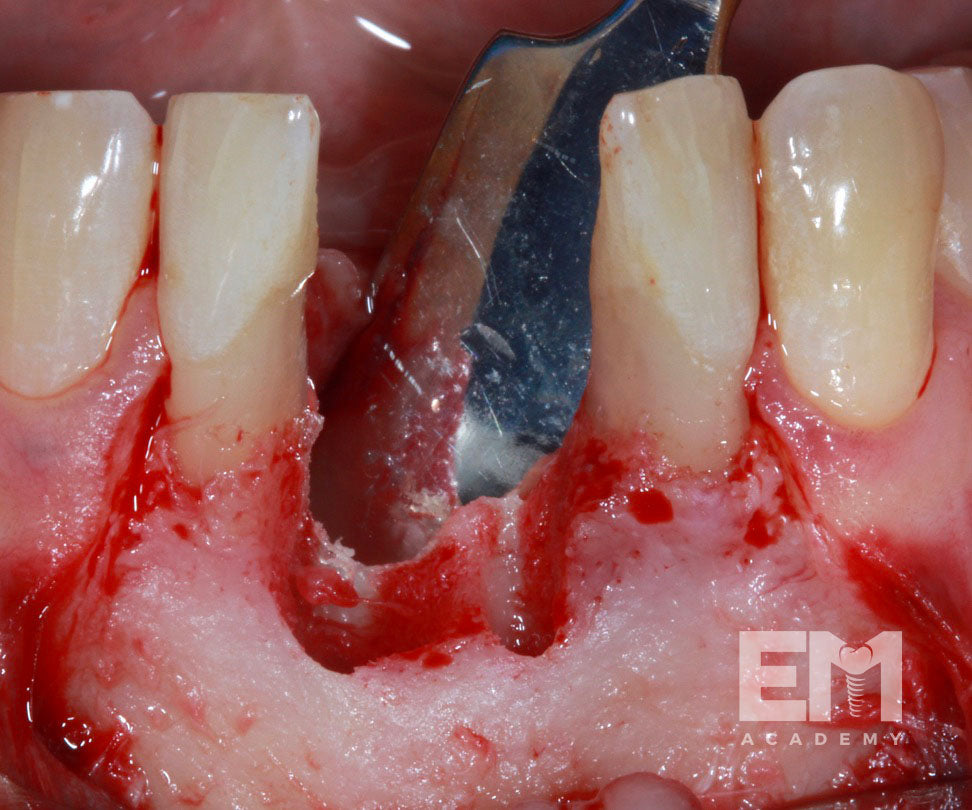Total Tissue Training Overview
Total Tissue Training is an immersive, clinically driven course designed to elevate your mastery of both hard and soft-tissue management. Led by Dr. Ehab Moussa, this program distills the latest evidence, refined surgical principles, and real-world decision-making into a clear, practical framework you can apply immediately. Through comprehensive lectures, detailed step-by-step protocols, and extensive hands-on exercises, you’ll gain the confidence to diagnose defects accurately, execute advanced augmentation and grafting techniques predictably, and manage complications with clarity. Whether you’re looking to refine your fundamentals or take on more complex cases, this course gives you the tools and techniques to achieve stable, long-term clinical outcomes.
Course Outline
Course Objectives
- Understand the factors necessary for the success of any bone grafting procedure
- How to diagnose and classify bone defects based on a proposed classification
- How to manage buccal and lingual flaps for predictable primary closure
- How to manage vertical and horizontal defects based on presented decision trees
- How to avoid complications and protocols for their management
- Understand the determinants of mucogingival health and stability around implants
- How to diagnose soft tissue deficiencies, when to intervene, and how to treatment plan accordingly
- How to harvest soft tissue grafts predictably
- Understand and visualize the step by step protocol for soft tissue techniques
Bone Augmentation Topics
- Principles of bone augmentation
- Defect classification
- Flap management and suturing
- Decision trees for vertical and horizontal bone augmentation
- Autogenous bone harvest from tuberosity, ramus, and atypical sites
- Step by step techniques, including ridge splitting, GBR with resorbable barriers, titanium mesh, Ramus block harvest, autogenous particulate bone harvest, and Khoury technique
- Clinical case review
- Post-op management
- Complications
Bone Augmentation Hands-on Exercises
- Ridge splitting with implant placement
- GBR with resorbable barriers stabilized with sutures
- Ramus block harvest
- Khoury technique
- Labial and lingual flap release
Soft Tissue Topics
- Anatomy and terminology
- Literature review
- Defect classification
- Timeline of grafting
- Armamentarium
- Suturing
- Harvesting techniques, including free gingival graft, connective tissue graft, and tuberosity harvest
- Step by step techniques, including apically positioned flap, vestibuloplasty, rotated palatal pedicle, roll flap and modifications, and VISTA/tunnel techniques
- Clinical case review
- Post-op management
- Complications
Soft Tissue Hands-on Exercises
- Connective tissue tuberosity harvest
- Connective tissue palatal harvest
- Tunneling for CTG
- Vestibuloplasty
- Free gingival graft
- Apically positioned flap
- Rotated palatal pedicle
What You'll Learn
Horizontal Augmentation
Vertical Augmentation
Early Bird Ends February 28, 2026
Total Tissue Training
Share






























